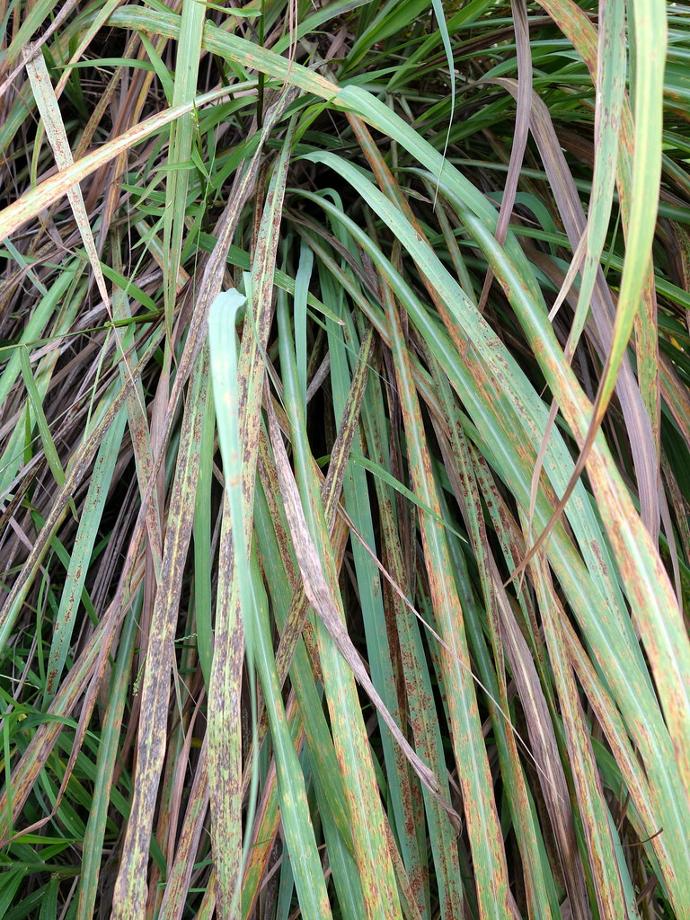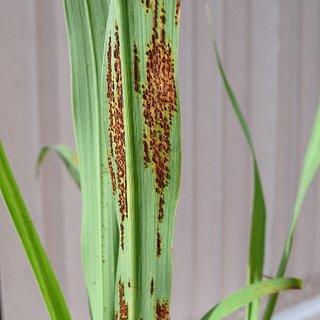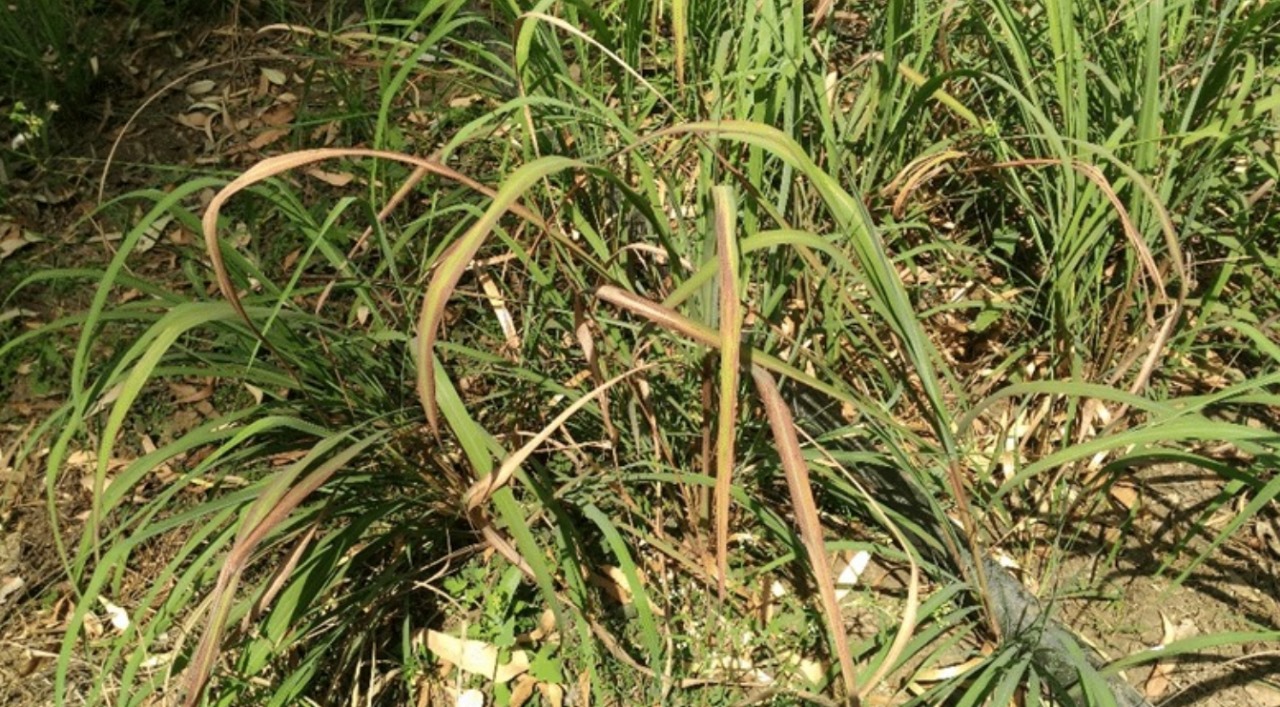Lemon Grass Plant
Lemongrass, a herb with fast growth, thrives in well-drained soil and full sun. Hardy in zones 9-11, Lemongrass is known for its lemony flavor and is commonly used in culinary and medicinal preparations.

Habit
Herb
Height
1.0 to 1.5 m
Growth
Fast
Soil
Well-drained, Sandy Loam
Shade
Full Sun
Moisture
High
Edible
Yes
Medicinal
Yes
Origin
India
Climatic Condition
Tropical, Subtropical
Temperature (°)
20°C to 30°C
Humidity (%)
60% to 75%
Potting media
50% Loam, 40% Sand, 10% Organic Matter
Fertilizers
Organic Fertilizer
Watering
Regular watering
Plant Weight
1 to 2 kg
Flowering Time
Spring to Fall
Soil Ph level
6.0 to 7.5
Water Ph level
6.0 to 7.5
Soil EC
0.5 to 1.0 mS/cm
Yield Per Plant
4 to 6 kg per plant
NPK ratio
10:05:05
life Span
3 to 5 years
Health Benefits
Antioxidant, Digestive Aid
Suggested Grow Media or Potting Mix ?
50% loamy soil, 30% compost, 20% sand
Suggested Fertigation/Fertilizers
Fertilize every 4 weeks with a balanced fertilizer.
Common Diseases and Remedies
Rust , Leaf Blight
Premature leaf drop , Leaves curl
NSKE , Beejamrutham
HEALTH BENEFITS
Antimicrobial, improves digestion, reduces stress, and supports weight loss.
What Is An Lemongrass ?
Lemongrass is a tropical plant belonging to the Poaceae family. Native to Southeast Asia, it is often used not only in cooking but also in traditional medicine and aromatherapy. Lemongrass has a refreshing lemon-like scent and a strong lemon-like taste. In cooking, lemongrass is often used in Asian cuisine, especially Thai, Vietnamese, and Indonesian cuisine. It is a common ingredient in soups, curries, stir-fries, and marinades. Lemongrass is also used to make tea and is a popular flavouring for desserts and cocktails.
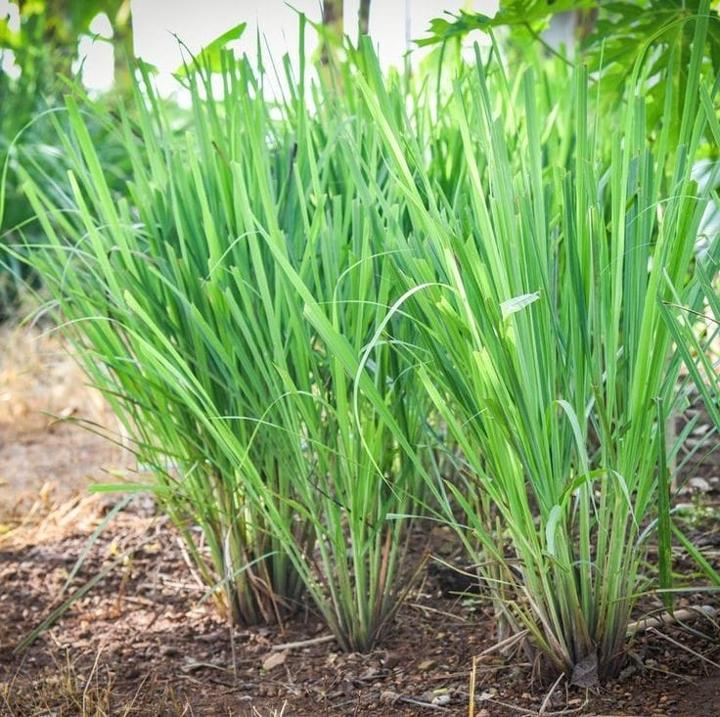
What Are The Different Types Of Lemongrass Plants?
1. East Indian Lemongrass (Cymbopogon flexuosus)
This is the most common type of lemongrass and is most commonly used in cooking and aromatherapy. It has a strong lemon-like taste and a stimulating aroma.
2. West Indian Lemongrass (Cymbopogon citratus)
This type of lemongrass is often used in Caribbean and Latin American cuisine. It has a milder, sweeter flavour than East Indian lemongrass.
3. African Lemongrass (Cymbopogon afronardus)
This type of lemongrass is native to Africa and is used in traditional medicine and as a flavouring in food.
4. Wild Lemongrass (Cymbopogon flexuosus var. nigritanus)
This species of lemongrass grows wild in India and Nepal and is used in traditional medicine. It has a stronger flavour and aroma than cultivated East Indian lemongrass.
5. Citronella (Cymbopogon nardus)
Although not technically a species of lemongrass, citronella is a closely related plant that is often used as a natural insect repellent. It has a citrus scent similar to lemongrass.
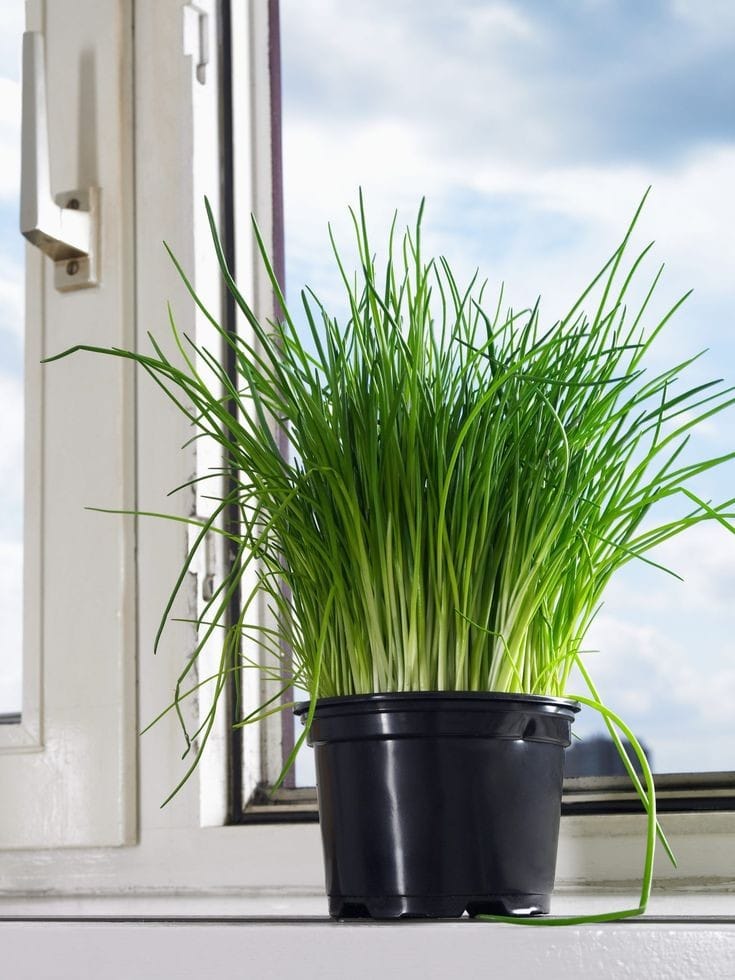
How to Care Lemongrass ?
1. Location
Lemongrass can be grown in tropical and subtropical regions around the world. Requires warm temperatures, full sunlight, and well-drained soil. Ideally, the temperature should be between 20°C and 30°C, and the plant needs at least 6 hours of direct sunlight each day to grow well.
2. Sunshine
Lemongrass requires at least 6 hours of direct sunlight per day to grow well. If you are growing lemongrass outdoors, be sure to plant it in a sunny spot. If you're growing lemongrass indoors, place it near a bright window that receives plenty of sunlight. In areas with hot and dry summers, it is beneficial to provide shade during the hottest parts of the day. This is because strong sunlight can dry out the soil and cause the plants to wither.
3. Soil
Lemongrass prefers well-drained soil that is rich in organic matter. The ideal soil for growing lemongrass is a loose, loamy soil mix with a slightly acidic pH of 6.0 to 7.5. It is also beneficial to add mature compost or old manure to the soil before planting. This helps improve soil structure, water retention and nutrient levels. If the soil in your area is heavy or clayey, you can amend the soil with sand or perlite to improve drainage.
4. Hydration
Lemongrass requires constant moisture but does not like to be in wet soil. It is important to keep the soil evenly moist and not soggy throughout the growing season. During hot, dry periods, lemongrass may need to be watered more frequently. If you are growing lemongrass in a pot or container, make sure the container has drainage holes to allow excess water to drain out.
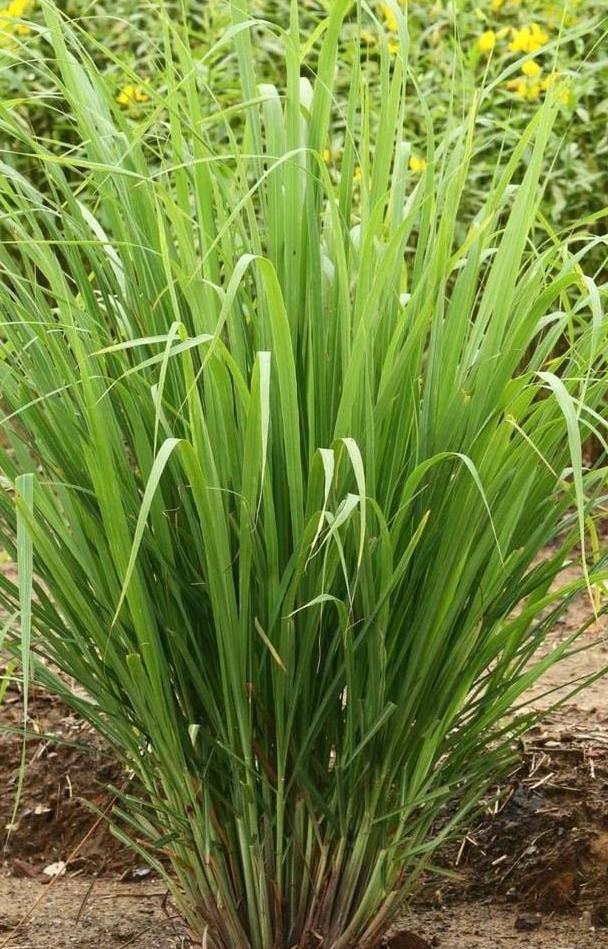
5. Nourishment
Adding a layer of mulch, such as straw or wood chips, around the base of plants can help retain moisture in the soil and provide nutrients as it decomposes. You can also use liquid fertilizers such as compost tea or fish emulsion to provide additional nutrients to your plants. Adding mature compost or aged manure to the soil before planting can help improve soil fertility and nutrient levels.
6. Issues
Lemongrass is susceptible to pests such as mealybugs, spider mites, and aphids. It can be controlled with insecticidal soap or neem oil. Fungal diseases such as root rot and late blight can occur if plants are overwatered or in poorly drained soils. Fungicides can be used to combat fungal diseases. Nutrient deficiencies can occur if plants do not receive enough nutrients
What are the Benefits of Lemongrass ?
Lemongrass is thought to reduce digestive problems such as abdominal pain, bloating, and constipation. The scent of lemongrass has a calming effect and is thought to reduce stress and anxiety. Often used in aromatherapy to promote relaxation. Lemongrass is thought to have antibacterial and antifungal properties, which can help relieve fever and cold symptoms. Lemongrass essential oil is used in skin care products because it is said to have antifungal, antibacterial, and antioxidant properties. Lemongrass is often used in traditional medicine due to its anti-inflammatory and analgesic properties.
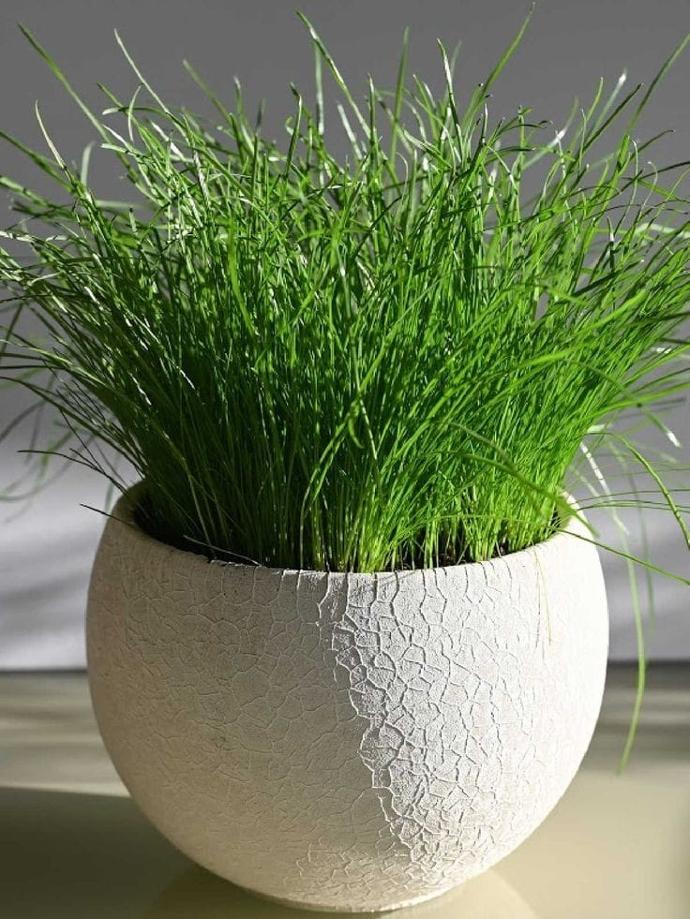
FAQs About Growing Lemongrass
1. How do I grow lemongrass ?
Lemongrass can be grown from seed, but it is more commonly propagated from the stems and branches of established plants. Plant lemongrass in a sunny location in well-drained soil. Keep the soil moist and fertilize occasionally.
2. Can lemongrass grow indoors ?
Yes, lemongrass can be grown indoors in pots or containers. Place the plant on a sunny windowsill so it receives at least 6 hours of sunlight each day. Water regularly and ensure sufficient humidity.
3. How do I harvest lemongrass ?
Harvest lemongrass by cutting the stems near the base when they are about 12 to 18 inches tall. Trim the outer leaves with a sharp knife or scissors and discard any damaged or dis-coloured parts.
4. What kind of dishes can you use lemongrass in ?
Lemongrass is used to add lemon flavour and aroma to a variety of dishes, including soups, curries, stir-fries, marinades, and teas. It can be chopped, sliced, crushed, or ground to release essential oils and aromas.
5. Is lemongrass easy to care for ?
Yes, lemongrass is relatively easy to care for and requires minimal maintenance once established. It thrives in warm, sunny conditions with regular watering and occasional fertilization.
